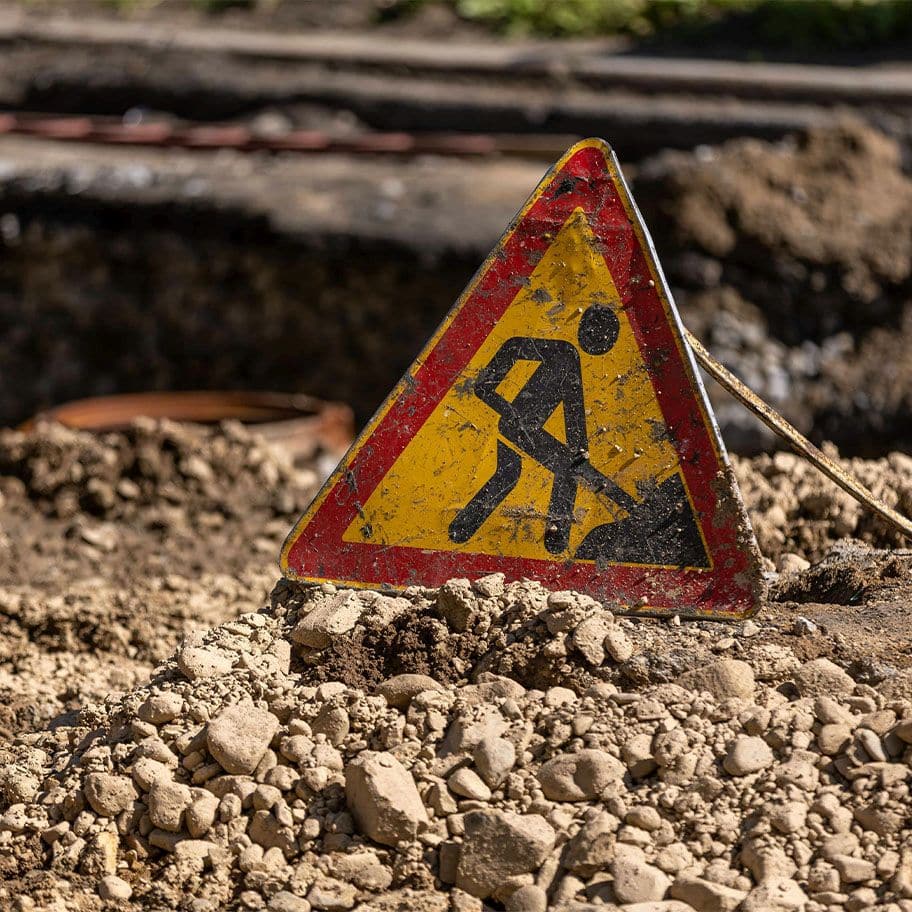Employer Responsibilities
Employers have a responsibility to minimize the risk of accidents and injury to employees. There are certain steps which should be followed by them to ensure this. The Safety, Health and Welfare at Work Act 2005 also provides for this and outlines certain duties of an employer to ensure the safety of staff. If an employer has acted in a negligent manner it is likely that they will be found liable for any accidents or injuries caused as a result.
Risk Assessments
Employers are expected to carry out frequent risk assessments so that they can identify hazards and eliminate them for the workplace. This should be done on a regular basis and there should be procedures put in place on how to deal with a hazard once it has been identified. Health and safety statements should be reviewed regularly to keep up with any changes in the industry in which they are working.
Training and Protective Equipment
All employees should be provided with the necessary training in order to carry out their work in a safe manner. It is important that training is provided before they being the job so as to avoid injury while waiting to be trained properly. Employers are also expected to provide personal protective equipment that is seen as necessary for the type of work that is being carried out. This includes clothing, footwear and face and head protection such as hardhats and masks. If this equipment is not provided the chance of an accident occurring becomes higher.
Safe Practices and Procedures
Employers need to ensure that there are safe practices and procedures in place which should be followed if something goes wrong throughout the course of the work. Employees should be made aware of these procedures as this will ensure that if an accident does happen that injuries may only be minor. Dangerous practices can become worse over time and cause regular accidents. It is important that there are standard operating procedures in place which can be followed by all in the case of an accident.
If an employer fails to comply with these regulations they can be found responsible for accident and injury to employees and visitors to the site. It is important to note that employees also have a duty of care for the health and safety of both themselves and their co-workers. If they act in a negligent manner during the course of their job, this will be taken into account if an accident occurs and they may be found liable.
Other employer duties include:
- Ensuring the safe operation of machinery and equipment in the workplace
- Provide safe routes to and from the workplace
- Providing facilities for the welfare of staff
- Discuss Health and Safety on a regular basis
- Ensuring staff are competent and have the ability to carry out the work involved
- Put procedures in place to allow for reporting of dangerous practices noticed by employees
- Evaluating practices and procedures to determine if they are working and are not dangerous for employees
- Investigate incidents to determine the cause so that procedures can be put in place to stop this from happening again in the future
- Keep a record of accidents or injuries that have occurred in the workplace
Common Injuries Caused by Dangerous Practices and Procedures
- Back Injuries
- Cuts and lacerations
- Breaks and fractures
- Neck Injuries
- Brain Injuries
- Fatalities
- Burns and bruises
Practices and Procedures That Can Be Considered Dangerous
Practices and procedures are considered dangerous if they do not comply with the recommended regulations which are in place or if they put employees and members of the public at risk. It is important that if you notice a dangerous practice in a workplace that you notify your manager of this so as to avoid the risk of injury both to yourself and other people around you. Common dangerous practices and procedures include;
Using Tables and Chairs in Place of a Ladder
There are regulations in place which deal with the safety of employees who work at a height. It is important that ladders are provided for this work and tables and chairs should not be used for this purpose in any circumstance. It is important to ensure that ladders are secure in place for the safe use by employees.
Failing to Repair and Eliminate and Issues and Hazards
Any hazards which employers are made aware of should be eliminated as soon as possible so as to reduce the risk of injury. Any employee who notices a potential hazard should also report this to their manager.
Inadequate Personal Protective Equipment (PPE)
Lack of the correct protective equipment can lead to both injury and illness. Employees should be provided with adequate equipment which is seen as necessary for the work to be carried out. This can lead to exposure to hazardous chemicals and materials which can have long-term effects.
Using Tools Which Are Not Suitable for the Job
If employees are using tools which are not suitable for the job it is likely that an accident may occur. Correct tools should be provided and maintained by employers.
Inadequate Cleaning Procedures
In order to reduce the risk of slip and fall accidents there should be adequate cleaning procedures in place to deal with any spillages. It is not sufficient to place a warning or wet floor sign. These spillages should be cleaned up promptly to avoid the risk of injury caused by falls.
Failing to Separate Vehicle and Pedestrian Areas
In industries such as manufacturing there is a chance that there may be vehicles driving around warehouses and factories. If it is the case where these two areas are not clearly marked and separated there is the risk of an accident occurring. It is important that all employees are aware of the different areas within the workplace. For example, they should be aware of what areas are particularly for vehicles and which are marked out for pedestrians to make their way around.
What to do after an accident at work*?
Following an accident at work, there are a number of steps you should follow:
-
Seek medical attention
Your health is your wealth and should be your first priority. Immediately after an accident at work, take a second to assess yourself to determine if you have any injuries and seek the relevant medical attention. If you have sustained a serious injury ensure that you contact an ambulance to attend the scene.
For minor injuries, you must remember that minor injuries where you ‘feel fine’ could progress to more serious injuries in the future. In this case it is always better to be safe than sorry and advisable that you go to your nearest accident and emergency (A&E) or local GP to be checked out.
-
Report the accident
It is critical to report the accident to your superior, i.e. a supervisor or manager on site. It doesn’t matter how small you think the accident may be. By law, accidents at work are required to be reported if the person is injured and can’t perform their daily work tasks for more than three days. Make sure to fill out an Accident Report Form. This can be used for reference in any medical examination and will also prevent any similar accidents from happening in the future.
-
Identify any witnesses
If possible, try to collect the contact details of anybody that witnessed your accident. This may be of use if you do decide to pursue a workplace accident claim. It is also useful to find out if there is any CCTV in the area where your accident happened.
-
Document the incident
It is important that you collect all the relevant information in connection with your accident:
- How the accident happened
- Details of any witnesses
- If there are any CCTV recordings of your accident
- Take pictures of where the accident happened and what caused your accident
-
Speak to a workplace accident solicitor
If you are considering moving forward with a workplace accident claim for any personal injuries sustained, it is advisable that you speak with a workplace accident claims solicitor as soon as possible. If you are proceeding with a claim, the first step will be submitting your claim to the Personal Injuries Assessment Board (PIAB) for assessment. A workplace accident solicitor can help you in preparing your application to the Personal Injuries Assessment Board (PIAB) and ensure that you follow the process in the correct format, meaning that you can move forward with your claim quickly without unnecessary delays.
It is important to remember to keep copies of any expenses that you have incurred as a result of the accident. It is also imperative to retain copies of medical reports or incident report forms where possible as you will need them when making a claim.

